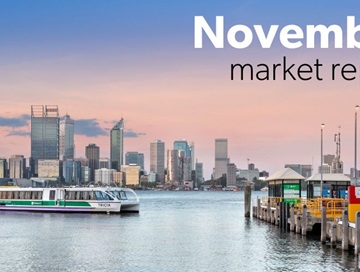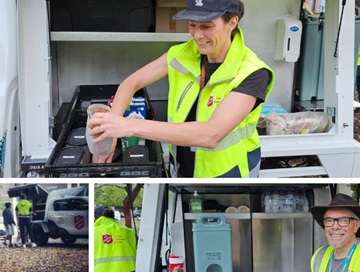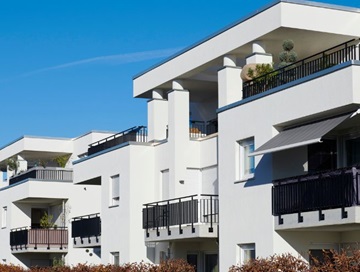Housing affordability continues to decline in WA: REIA
13 June 2024"According to the latest REIA Housing Affordability Report, the proportion of family income required to meet loan repayments in WA rose 1 percentage point over the quarter."
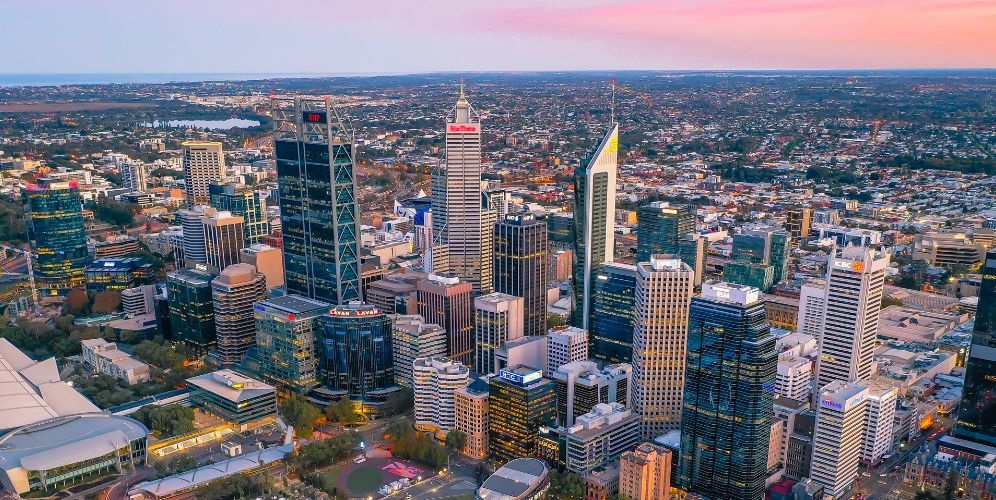
WA housing and rental affordability declined again in the March 2024 quarter.
According to the latest REIA Housing Affordability Report, the proportion of family income required to meet loan repayments in WA rose 1 percentage point over the quarter and 3.6 percentage points over the year to 37.8 per cent, based on a median weekly family income of $2,612 and average monthly loan repayment of $4,277.
REIWA CEO Cath Hart said WA still fared well compared to the rest of the nation.
“Despite the decline, WA remained the most affordable state in the country for home owners with only the two territories – ACT (34.3 per cent of family income) and the Northern Territory (33.2 per cent of family income) – more affordable,” she said.
Rising house prices were having the most impact on affordability.
“A year ago, constant increases in interest rates saw mortgage repayments jump by about 40 per cent a month which impacted affordability at the time,” Ms Hart said.
“Rates have been stable since November, but house sale price growth has accelerated over the past two quarters, rising 4.2 per cent over the December 2023 quarter and 5.5 per cent over the March quarter. The decline is in affordability reflects this.”
Ms Hart said sales activity remained strong despite the drop in affordability.
“The number of settled sales for the March 2024 quarter is currently just 4.8 percent below the same time last year and the gap will close as more homes settle,” she said.
“Prices may be rising, but there is definitely appetite for, and the ability to buy, property.
“That doesn’t mean it’s not challenging for many buyers, particularly those on lower incomes.
“There are fewer homes for sale in lower price brackets, but this is the result of bracket creep pushing what would have previously been lower-priced homes into higher price brackets, rather than availability.
“For example, Armadale is one of Perth’s most affordable suburbs. Its median house price has increased 38.5 per cent in the last year and 57.9 per cent since May 2022 to $450,000. Yet the number of settled sales is just 7.7 per cent below the same time in 2023 and 6.6 higher than 2022 – when interest rates and house prices were lower.”
At a national level, New South Wales, Victoria, Tasmania and the ACT recorded improvements in affordability over the quarter. South Australia remained unchanged, while WA, Queensland and the NT saw it decline.
Despite affordability improving in New South Wales, it remained the least affordable state or territory in the nation, with homeowners requiring 56.3 per cent of family income to meet loan repayments.
Proportion of family income needed to meet loan repayments
| March quarter 2024 | December quarter 2023 | March quarter 2023 | |
| NSW | 56.3% | 58.5% | 54.4% |
| VIC | 45.9% | 46.8% | 46.1% |
| QLD | 45.2% | 45.1% | 40.8% |
| SA | 44.2% | 44.2% | 40.6% |
| WA | 37.8% | 36.8% | 34.2% |
| TAS | 42.0% | 43.3% | 42.2% |
| NT | 33.2% | 33.1% | 32.5% |
| ACT | 34.3% | 35.2% | 34.2% |
| AUS | 46.7% | 47.7% | 44.5% |
Source: REIA
Loan activity
The total number of loans to owner occupiers in WA was 9,588 in the March quarter. While this was 11.1 per cent lower than the busy December quarter (10,787), it was 3.9 per cent higher year-on-year (9,231).
The average loan size was $519,399, an increase of 3.7 per cent from the previous quarter and 8.7 per cent annually.
Despite the greater challenges of buying a home, first home buyers made up 39.5 per cent of WA’s owner occupier market. This was on par with the December quarter. Their average loan size increased 4.1 per cent over the quarter and 12.6 per cent over the year to $454,795.
The number of loans to first home buyers (3,785) followed the same pattern as owner occupiers. There were 11.5 per cent fewer loans than the December quarter (4,277) but 3.7 per cent more than the same time in 2023 (3,649).
Rental affordability
Rental affordability in WA also declined over the quarter and the year.
The proportion of family income required to meet WA’s median rent payments increased 0.6 percentage points to 23.0 per cent in the three months to March. This was an increase of 2.3 percentage points over the year.
Ongoing rent increases have pushed WA to the middle of the pack nationally, with Queensland, Victoria and the ACT more affordable.
New South Wales remained the least affordable state or territory, with 27.9 per cent of family income needed to meet rent payments.
Ms Hart said median rents in WA were expected to continue to increase over 2024, further impacting affordability.
“However, we do expect the rate of growth in rents to slow, as a result of changing conditions in the market,” she said.
“We have recently recorded two months of rental stability, and are seeing subtle changes to supply and demand, which will ease some of the pressure on prices.
“Legislation limiting rent increases to once a year also comes into effect in coming months.”
Proportion of family income needed to meet rent repayments
| March quarter 2024 | December quarter 2023 | March quarter 2023 | |
| NSW | 27.9% | 27.3% | 25.9% |
| VIC | 21.3% | 21.1% | 19.8% |
| QLD | 22.7% | 22.3% | 21.2% |
| SA | 24.7% | 24.3% | 23.6% |
| WA | 23.0% | 22.4% | 20.7% |
| TAS | 27.3% | 26.6% | 28.6% |
| NT | 24.8% | 24.1% | 25.5% |
| ACT | 19.6% | 19.2% | 20.6% |
| AUS | 24.4% | 23.9% | 22.8% |
Source: REIA


.tmb-rcarousel.jpg?sfvrsn=b4b9111_1)

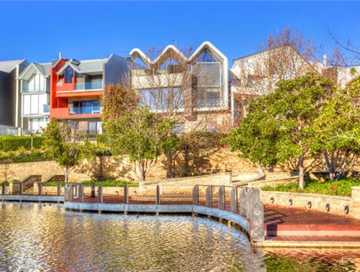
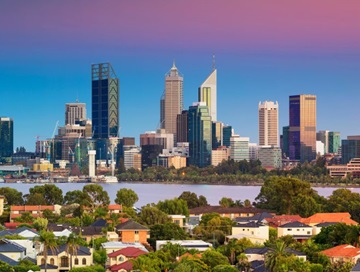
.tmb-rcarousel.jpg?sfvrsn=d38b03f0_1)
